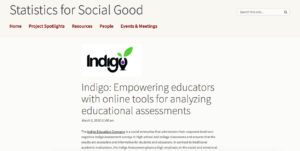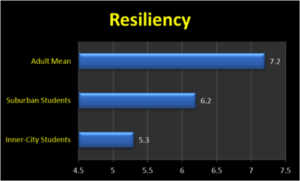
Tag: Empowering Educators


Teachers Learn to Adapt to Student Strengths
Teachers Learn to Adapt to Student Strengths February 6th 2015, Written by Marie Campbell Thanks to a recent grant, Peak to Peak high school in

New Research Spots Critical Resiliency Gap Among Low-Income Students
New Research Spots Critical Gap Among Low-Income Students January 28th 2015, Written by Marie Campbell Today’s educators are beginning to understand that student success—that is,
Categories
- Activities (22)
- DISC (13)
- Featured (6)
- Higher Education (4)
- Indigo Assessment Info (8)
- Indigo Data (7)
- Indigo News (27)
- Indigo Schools (10)
- Indigo Stories (7)
- Motivators (11)
- Partners (1)
- Podcasts (7)
- Press Releases (7)
- Resources (6)
- Skills (24)
- Speaking Engagements (5)
- Thoughts on Education (21)
- Webinars (2)
Tags
aesthetic AI asking awards college fits Communication compliance continuous learning creativity DISC dominance Education empathy Empowering Educators FBLA future of education goals Indigo Indigo Assessment Indigo Data Indigo Education Company individualistic influencing leadership LearnLaunch Listening mentoring Motivators Partners Peak to Peak High School Personalized Learning persuasion planning Podcasts Professional Development self-awareness social soft skills Speaking Engagement steadiness team Teamwork theoretical TTI utilitarian
